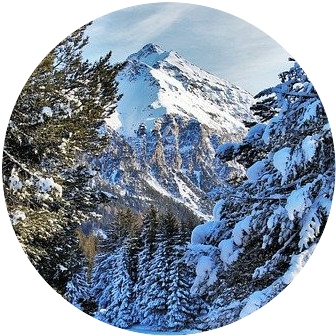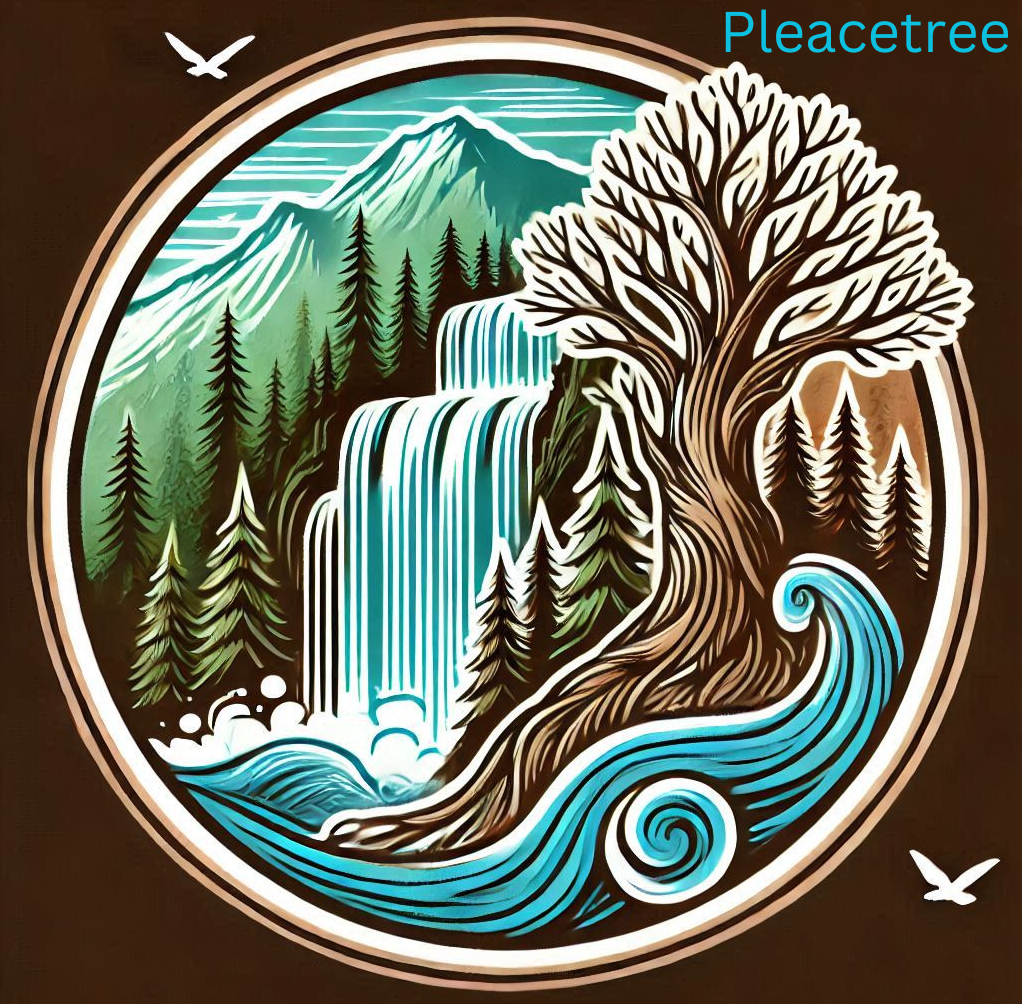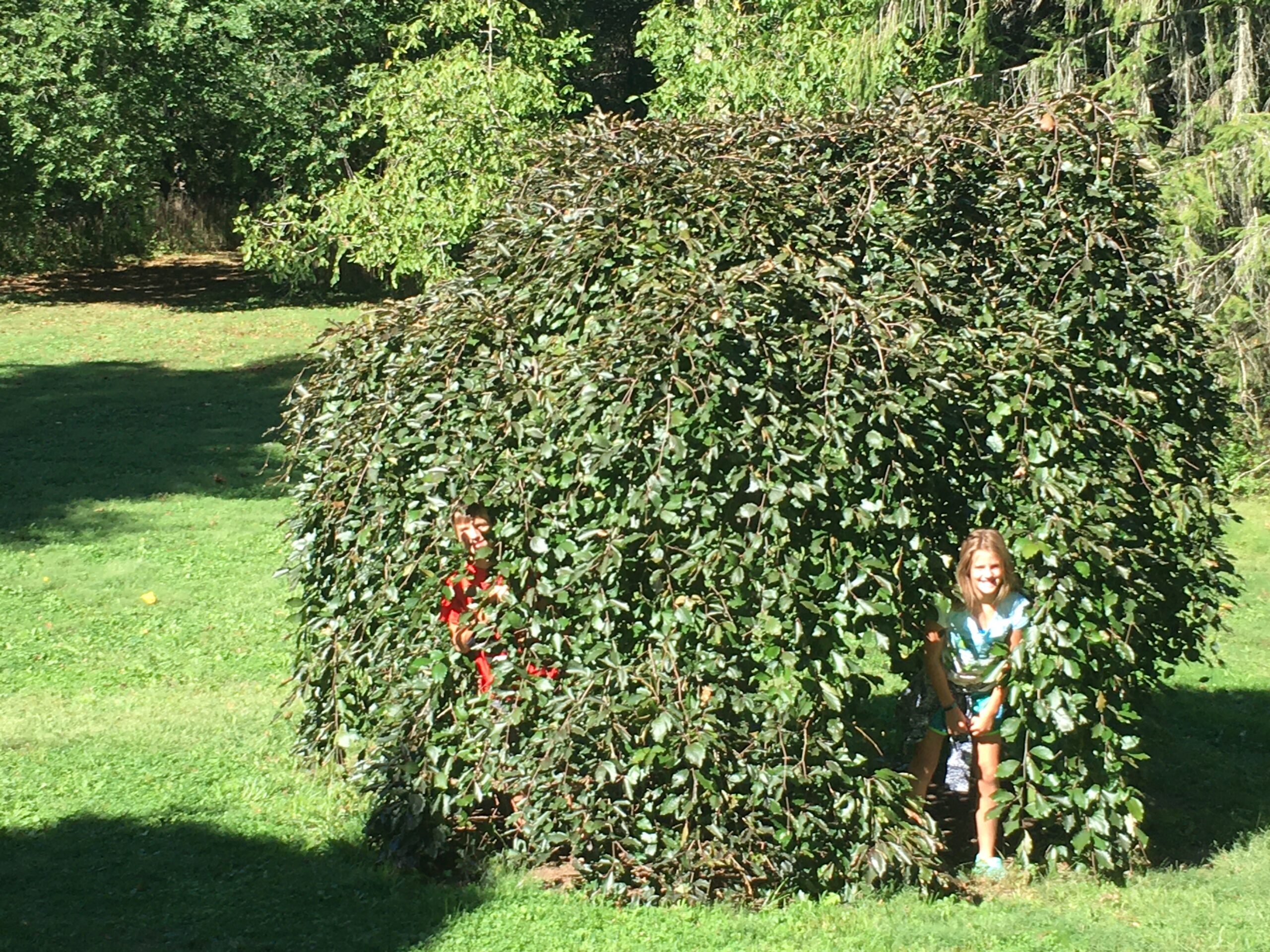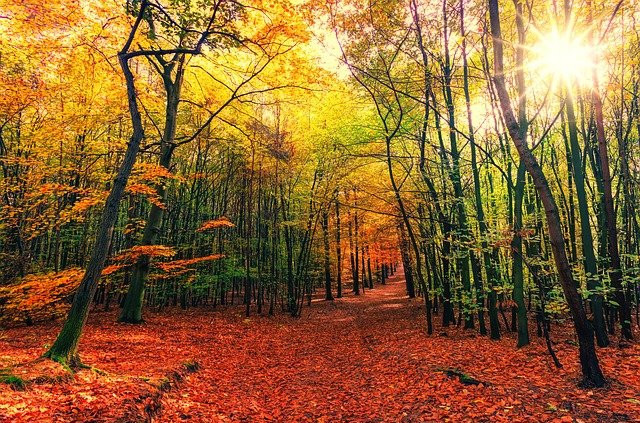I truly appreciate trees for how fascinating they are. Every single tree is completely unique in its own way. I really enjoy taking photographs of them as well. They are a silent stationary feature of the woods or in that reguard almost every landscape. Whether it is just taking a photo of a single tree or going into the forest in depth. The best times to photograph a tree or the forest is either in the early morning or late afternoon because the lighting is more favorable at those times. These times of the day are known as the golden hour which is usually at sunrise or sunset. When the sun is fully exposing the scenery. The scientific name for this is the crepuscular hours.
Photographing in the spring
Getting outside in the spring is a great time of the year to take photos. This is when the light starts to get longer throughout the day. It is also a time when the trees start to thaw which leads to the emergence of tree buds, shoots, flowers, and leaves. It may be wise to use a macro lens on a camera at this time of year because everything on a tree is so small. Some of the flowering trees that are my favorite to take photos of in the spring include the Eastern Red Bud (Cercis Canadensis) because when the flowers come out on this tree they are hot pink in color and completely vibrant. The leaves of this tree are heart-shaped with a pointed tip and have untoothed margins.
Another tree that I really like to gaze upon in the spring, yet take photos of is both the Bradford Pear/ Callery Pear (Pyrus calleryana) They are both the same genus and species but the Bradford Pear has a more conical to rounded crown where the Callery is pyramidal. In the spring these trees are covered with showy white malodorous flowers. the leaf is a 2-3″ long ovate with finely toothed margins.
The Serviceberry tree (Amelanchier lavis) is another gorgeous specimen to photo in the springtime. The leaf is dull green or often dark blue above, but paler underneath and the flowers are snowy white with five petals in drooping terminal clusters
Flowering Cherry Trees (Prunus sp.) is a gorgeous spring tree to photograph. Often the blossoms change colors, starting out dark pink when they first start to bud, then turning lighter pink when they first blossom, and eventually turning pale pink or white as spring rolls on.
Flowering Dogwood (Cornus florida) is a beautiful specimen for its spring-like appearance. The flowering dogwood is a native tree to northeastern us and northern Mexico. An endemic population once spanned from southernmost coastal Maine south to northern Florida and west to the Mississippi River. Showy white, red, or pink flowering bracts appear before the leaves in early spring.
In addition to the last few flowering spring trees that are gorgeous to photograph is the Crabapple (Malus Sp) which is a small tree with deciduous simple leaves with a short trunk and broad crown of rigid branches. The flowers are borne in corymbs, and have five petals, which may be white, pink, or red, and are perfect. They are usually red stamens that produce copious amounts of pollen. Flowering occurs in the spring after 50–80 growing degree days that vary greatly according to subspecies and cultivar.
In the springtime most often the ground is soft or muddy from the long winter, but life begins to emerge once again. This is a great time to get out and about even if it’s raining so take your camera and snap some great photos!
Taking photos of trees in the summer
Taking photos in the summer is probably the easiest way physically because the weather is nice, but it oftentimes is somewhat challenging for the camera to take pictures of the trees or forest when the leaves are out with everything being lush green. It is sometimes a good idea to take photos of different tree species so that you can mix up the various shades of green in the lasnscape. Speaking of the landscape, when everything is green in the summer try to incorporate some fallen tree trunks into the background of the image for some contrast; or, try to capture some wildlife such as colorful birds that are around for the warmer season. Better yet, go to a park, hill, mountain, or lookout where there are trees so that you can have a vista in the background of your photos.
Fall photographing
When autumn strikes who doesn’t want to get out in nature to see and photograph all the colorful displays that are taking place. The colors in the fall are somewhat magical with all the different shades of greens, yellows, reds, and oranges that are taking place throughout the landscape. All trees have different colors that they display in the fall. For instance, the Sugar Maple (Acer saccarum) is my favorite fall tree that turns yellow, burnt orange and red. While the Red Maple (Acer Rubrum) is oftentimes mostly red hence its name. Its flowers are magenta red in the spring. On the other hand oak trees like red or white oaks (Quercus, rubra/ alba) often turn a reddish-brown color in the autumn. All tree species seem to display their own color characteristics so whether you focus on a particular tree or at an overlook of the forest you are bound to be mezmerized at this time of year.
Photographing trees in the winter
In the winter season, all deciduous trees lose their leaves. This is a time that boreal forest of the northeast or northern climates really stand out. You can shoot that target image of a tree silhouette in full that could not be done when the leaves where still on the trees. Its also a perfect time to compare a tree that you had taken during a differnt season. Taking a photgraph in the summer and comparing it to the same tree in the winter wll provide a more broad spectrum image. Rain, snow, fog and frost sometimes seem undesireable but through a camera lens can offer some the most beautiful photo opportunities.
Evergreens on the other hand like pine, spruce, fir or arborvitaes which are conifers (cone bearing species) stay lavish all through out the year. So to get some color in the mix during the winter months you can simply take images of evergreen trees. Colorado Blue Spruce (Picea pungens) is one of my favorite winter trees that have a beautiful blue-green-tinged hue with white stripes.The Blue Spruce if native to the southern and central Rocky Mountains but has become a desirable ornamental tree. White Fir (Abies concolor) is another tree that has a gorgeous winter appearance. Also called the Rocky Mountain White Fir, it also has a blue-green color with two white lines benath called (lenticels) where resation in the tree occur. The needles have a strong lemony scent when crushed.
Cold temperatures can significantly affect the way a camera operates so when you venture out in the the vast winter wilderness be sure to bring an extra set of batteries that you keep wrapped up. In the winter months try not to spent too much time looking through your photos on the screen. This will help to presearve your battery life when it is cold.
At anytime of the year it is great to get outdoors to capture epic photos and memories of nature with trees. My favorite type of photograph to catch includes Komorebi. This is the Japanese term to describe when the sun shines through the trees. It really protrays the essence of the forest and the connectedness of all living things.
The best cameras to use while taking photos
There are many excellent digital camera to choose from depending on what your looking to do with each. I will discuss three that I think stand out in quality over others.
1. Sony a7 111 – is considered number 1 when it comes to mirrorless camera that feature a single removable lens with a digital display. Many have an electronic shutter for completely silent operation. This camera also feature very fast image processing.
2. Nikon D 850 – Has on long standing reputation for making all aroud high quality cameras. Nikon Digital Single-Lens Reflex (DSLR) cameras render an excellent performance in many areas of photography with excellent quality Images.
3. Canon EOS Rebel – Canon also makes some of the best DLSR cameras on the maket. They are known for being the best to use when you have a low light resolution. Very easy to use with fine quality photos.
All the seasons offer differnt oportunities and moments that can only be offered at that particular time. I hope you enjoyed my article on photgraphing trees throughout the year. If you have any questions or comments please provide them or follow up with an email.


